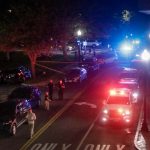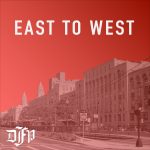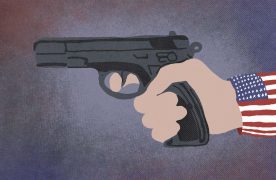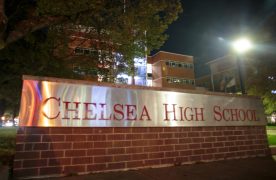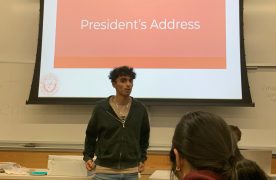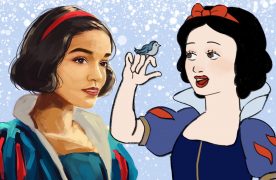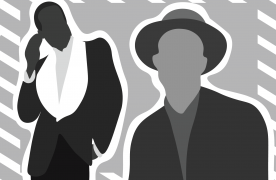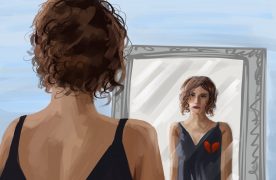Offering glimpses into the personal lives, interests and values of memorialized victims, the “United in Memory: 9/11 Victims Memorial Quilt” was unveiled yesterday at the John F. Kennedy Museum.
Many patches read as epitaphs; several simply displayed a name. Hand-stitched Stars of David bordered squares that prominently featured crosses. A “Born to Ride” motorcycle patch framed the smiling face of Edward Vanacore, of New Haven, CT; a New York Mets patch graced a nearby square.
Twin blue banners draped the entrance to the museum.
“A nation reveals itself not only by the men it produces, but also by the men it honors, the men it remembers,” the first banner read, quoting former President Kennedy.
The adjacent banner read, “In remembrance. 9.11.01.”
Inspired by the AIDS quilt, the display of ten quilt panels, which will be on display until Sept. 30, will honor 250 victims of the Sept. 11 attacks, including 12 victims from Massachusetts and six from the New England area. The J.F.K. exhibit marks the first time the quilt has been displayed in the Bay State.
Today, the library will extend its hours and offer free admission to view the quilt, according to a press release.
Visitors will be able to view the ten-and-a-half square foot panels from points overlooking the library’s glass pavilion, which the museum’s architect designed to provide a place for quiet reflection and introspection.
The contrast of the quilt’s white patches against the granite floor was striking, viewers observed, and closer inspection of the quilt’s screen-printed portraits surrounded by hand-sewn patches inspired realization of the individual loss associated with the tragedy, they said.
James Hutchinson, of Seattle, WA, said, “One of the first things about the memorial that struck me was that viewing the quilt is like seeing a piece of a person’s life, something that was important to them — whether it was the stars on this co-pilot’s square, or the scuba diver on a nearby piece.
“You can’t judge the people, whether they were good or bad. You can, however, judge what they died for, and that’s what I came here to respect,” Hutchinson said. “Each square represents a snapshot of someone’s life. Here there are 250 squares, but the actual magnitude [of those who perished] is over 3,000. So many snapshots were taken very quickly at one moment in time.”
Simple words were displayed on the panel of husband, father and World Trade Center victim Gary Herold.
“Gone, but not forgotten,” the panel read.
This is an account occasionally used by the Daily Free Press editors to post archived posts from previous iterations of the site or otherwise for special circumstance publications. See authorship info on the byline at the top of the page.

